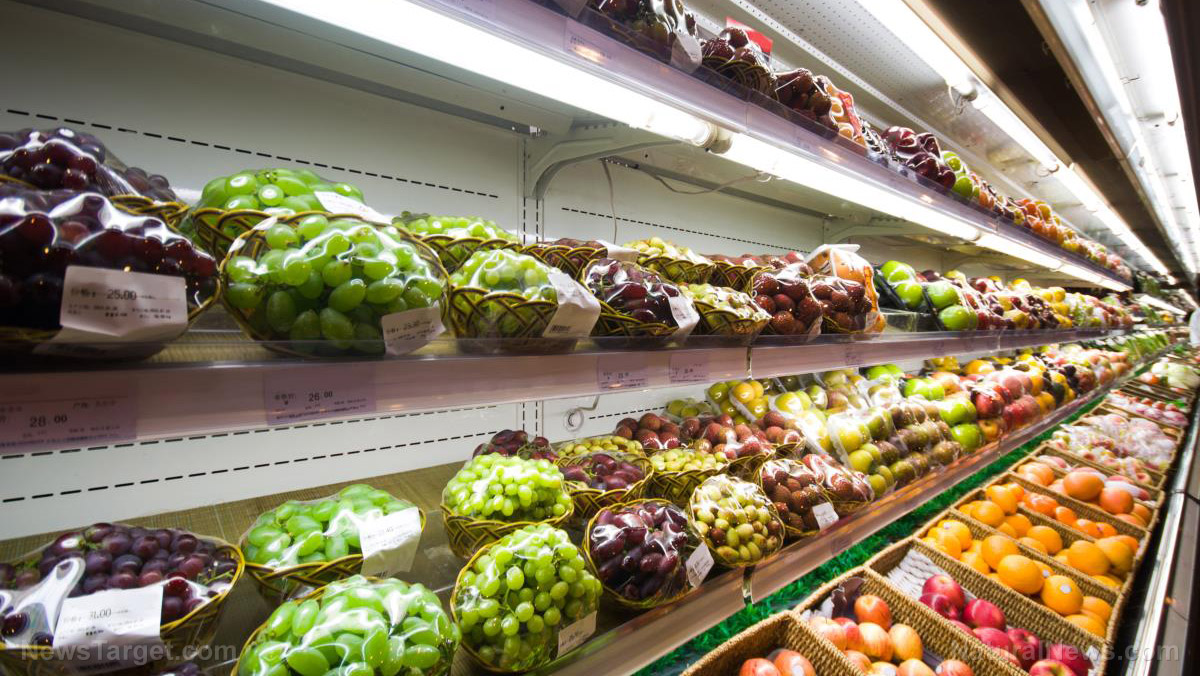
“The federal government has defined what constitutes a healthy diet, and we wanted to know how financially feasible it was for low-income households, who qualify for SNAP benefits, to follow these guidelines,” explained Lindsey Haynes-Maslow, the co-author of a paper on the study who also happens to be an assistant professor of agricultural and human sciences at North Carolina State. (Related: Food stamp recipients are mostly buying and living on processed junk food that causes disease.)
While it’s certainly important to stick to a healthy diet and to treat your body right, the issue presented in this particular study is a tough one to deal with. On one hand, you want people to be able to eat healthy if they want to and not be forced to consume junk food for breakfast, lunch and dinner, but on the other hand, there simply aren’t many options that aren’t economically damaging or unconstitutional.
The obvious answer would be to increase the amount of money given to SNAP recipients so that they could sustain healthy eating habits if they so choose. The problem with this is twofold. First, more funding for those on government assistance means that more money would be redistributed from people who have worked hard to people who don’t work at all. Our country was founded with emphasis on the individual, not on the collective, meaning that we are supposed to work hard and make money for ourselves, not for others.
The second problem with increasing the amount of money given to people on the Supplemental Nutrition Assistance Program is that it would further expand America’s already generous welfare state and generate even more dependency on the federal government.
Between 2008 and 2016, America had as its president one of the biggest spenders – if not the biggest spender – that this country had ever seen. During his time in office, Barack Obama and his liberal henchmen in Washington D.C. increased the number of people on food stamps by an astonishing 32 percent, from 33,490,000 recipients in 2009 up to 44,219,123 by October of 2016. According to the U.S. Census Bureau, 44,219,123 welfare recipients represents 13.6 percent of the entire United States population. Furthermore, between 2009 and 2016, the amount of money spent on food stamps climbed by $16.3 billion, from $50.3 billion to $66.6 billion. Coupled with the fact that America is already 20 trillion dollars in debt, increasing the amount we spend on welfare just isn’t practical. (Related: The government is preparing to let food stamp recipients shop at online retailers using taxpayer money.)
The other option to deal with the problem outlined in the study would be to pass some type of government regulation compelling corporations to decrease the amount that they charge for their food products. This would allow food stamp recipients to purchase more healthy food products for less. The obvious problem here, however, is that such a regulation would be highly unconstitutional and a prime example of government overreach. As history has shown us, the bigger the government grows and the more influence they are able to gain over the private sector, the more the economy contracts, making the option of federally mandated prices infeasible.
Instead, what our country should be doing is putting an emphasis on hard work and determination so that people no longer have to rely on SNAP in the first place. With hard work comes success, with success comes money, and with money comes the ability to purchase healthier food options.
Sources Include:
Please contact us for more information.























